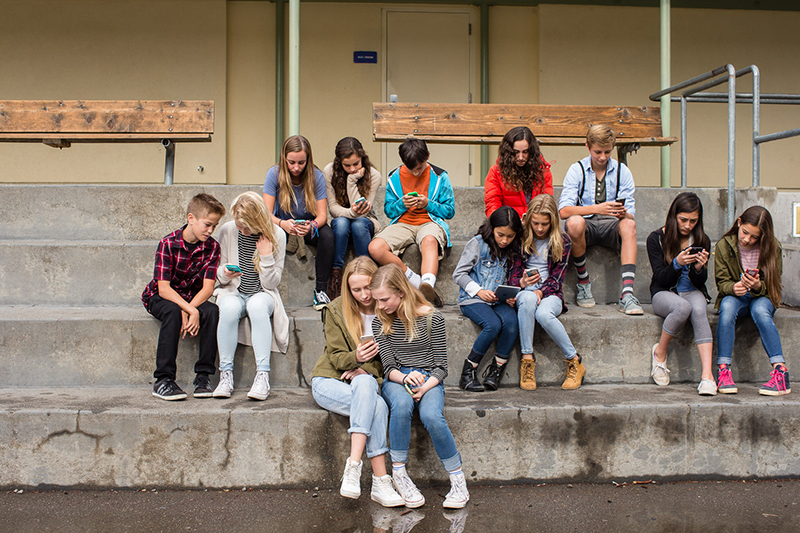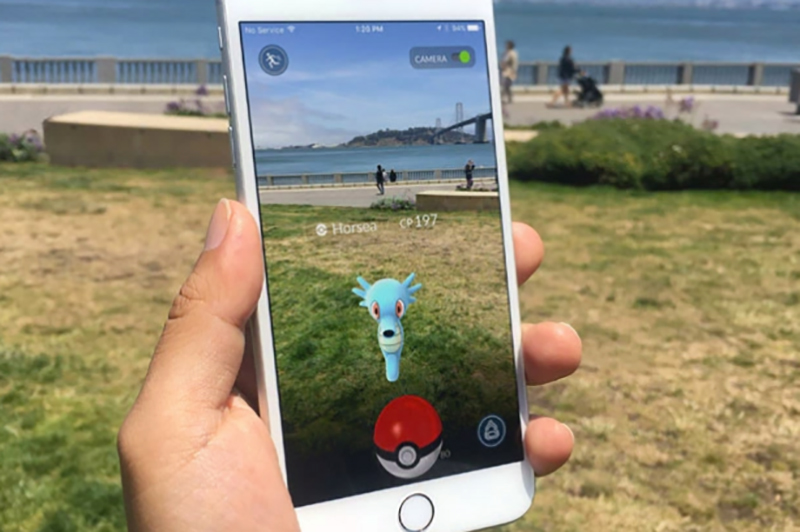
The Director Of Screenagers Sounds Off On Pokémon Go
Written by Katie Hintz-Zambrano
Photography by Top Photo Courtesy of Screenagers; Bottom Photo Via TechCrunch
Unless you’ve been living under a rock, you know a little something called Pokémon Go is taking our streets (and kids) by storm. Released on July 6, the free download hit the number one spot on the charts in less than 5 hours, as well as became the top-grossing app on the current market in the same amount of time (the parent company, Nintendo, makes its money on Pokémon Go from in-app purchases). What makes the app extra unique (and some would say really annoying) is that it’s considered an “augmented reality game” that places Pokémon monsters into your current, real-world surroundings, virtual-reality style. Which means, you have to walk around in the real world with your phone in front of your face, trying to spot and catch monsters that blend into your changing environment (thanks to your GPS tracker) in order to play it…which millions of people are now doing. (Take a look for yourself in this YouTube video).
Of course, all of this is somewhat troubling for parents concerned about their kids’ screentime habits and having their faces glued to their phones even more than they already do. Not to mention the fact that more augmented reality games are sure to start trending, thanks to the uber-popularity of Pokémon Go.
So, how much damage is this little app really doing? Delaney Ruston, MD, the director of the excellent, must-watch documentary Screenagers, weighs in on the issue: “Distraction is a real problem with this game,” she says. “Whether they are walking without looking and then falling and bumping into things or using it while driving, this can be physically dangerous. Distracted driving is one of the leading causes of teen death. According to the NHTSA, 10% of all drivers 15 to 19 years old involved in fatal crashes were reported as distracted at the time of the crashes. This age group has the largest proportion of drivers who were distracted at the time of the crashes. Please tell your kids to look up.”
Another concern of Ruston’s is the addictive nature of the game and how that feeds into the way a teen’s brain works. “It’s getting kids outside and moving, but they are still looking down at their screens. This is a highly seductive game that has found a way to tap into the reward centers of teens’ brains. Some things to know about teen brains: During adolescence is when a person is most susceptible to pleasure-producing behaviors and substances; The part of the brain that is responsible for things such as planning and impulse control (the frontal cortex) grows slowly over the teen years and is not fully developed until our twenties; MRI brain scans of people who play video games for about 20 hours a week show patterns similar to scans of people addicted to drugs.”
If you think your kid might be struggling with game addiction, with this new app or others, Ruston says things to look out for include “obsessive thoughts, significant negative life consequences, withdrawal (i.e., being severely annoyed when not on a screen), tolerance (needing more and more time), and using the activity to relieve anxiety or guilt.”
Want another opinion on the app? Check out Common Sense Media’s review right here. And find out where you can view Screenagers, which looks at the effects of both gaming and social media on our teens, here.
Share this story





